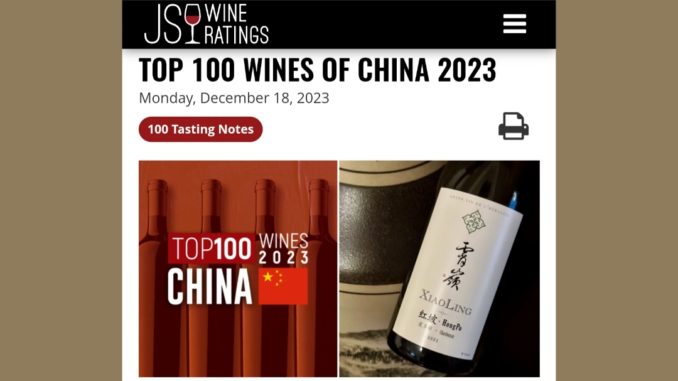
High-altitude wines from the Shangri-la area of Yunnan province top the new Top 100 Wines of China list that critic Shuai Zekun compiled for jamessuckling.com from 470 local wines he tasted this past year.

When someone hears Yunnan is ranked first, they will no doubt assume it is a Cabernet-driven red made by LVMH’s Ao Yun. What a surprise, then, to find number one is a 2021 Chardonnay from Xiaoling that Shuai describes as “the most impressive white wine from China that I have ever tasted—a chardonnay masterpiece showing unparalleled depth of flavors, tantalizing acidity and fine minerality with salinity and texture.”
(Less than 1000 bottles were made. The retail price is ~RMB1000 / ~USD150.)
Ao Yun’s 2019 red blend is right behind in second spot, with Puchang Rkatsiteli 2021 (Xinjiang), Grace Vineyard Chairman’s Reserve 2019 (Shanxi) and Charme Cabernet Sauvignon Reserve 2021 (Ningxia) rounding out the top 5.
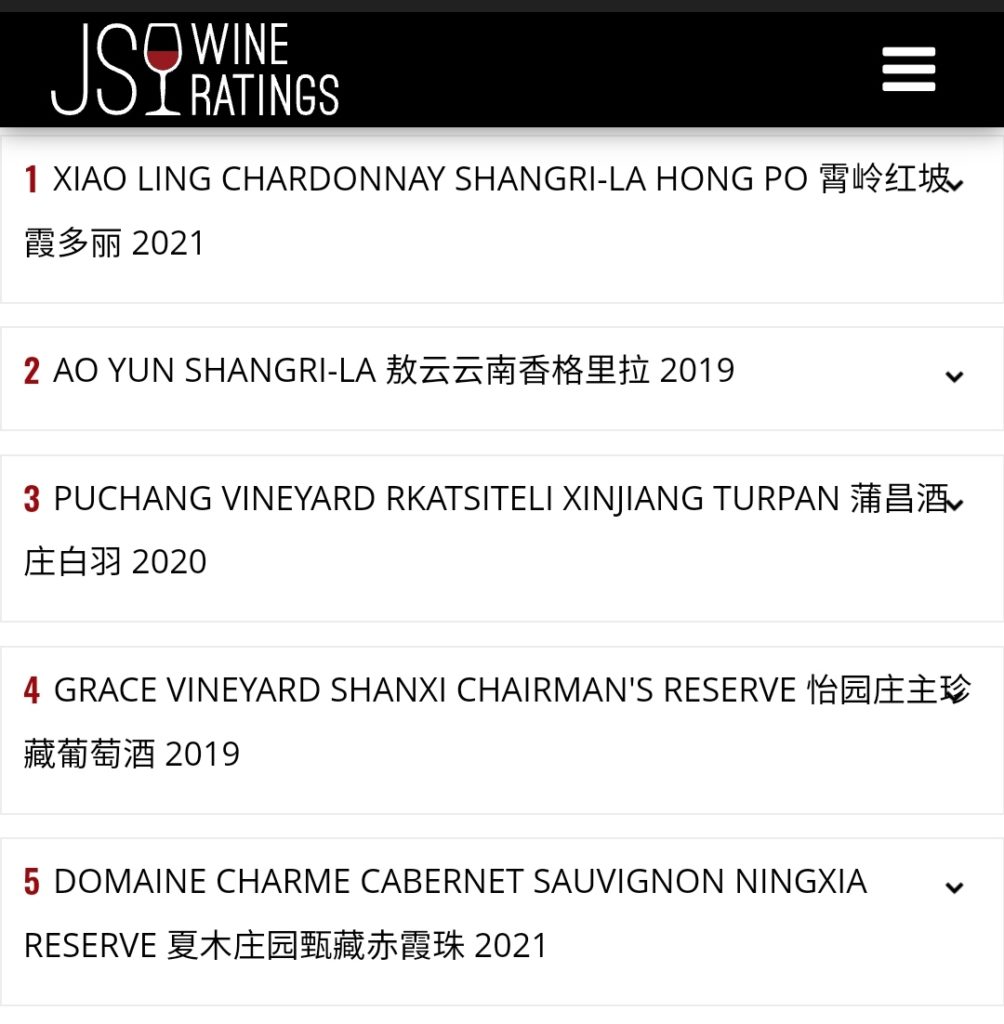
So, how are the rankings decided?
“This list prioritizes quality first and foremost, with price, the ‘wow factor,’ production volume and market availability also taken into consideration,” states the report. And it’s based on 470 wines, a decent slice of what is available now though of course there are many more brands / wineries out there and it is hard to keep up.
In any case, these factors helps explain why one of this year’s much-discussed producers from Yunnan, Bao Zhuang, ranked 100th with its Sulu Heritage de L’Himalaya, despite it scoring 95 points, far higher than dozens of brands ahead of it. The catch: it comes with a list price of around 1000 euros per bottle.
That put it one spot behind Penfolds CWT521 2021, a blend of 82% Yunnan Cabernet and 18% Ningxia Marselan, that ranked at number 99. (“Drink now” for a 2021 wine isn’t the most inspiring tasting note.)
Anyway, the rest of the top ten included well-known wineries, including four from Ningxia–Helan Qing Xue (Malbec), Silver Heights (Chardonnay), Chateau Rong Yuan Mei (Syrah) and Kanaan (red blend)–plus Lafite’s Longdai (the second-most expensive wine) from Shandong in tenth spot.
That top ten alone shows the growing diversity of China’s fine wine scene, with five regions and a half-dozen grape varieties represented.
Other things I quickly noted while going over the report.
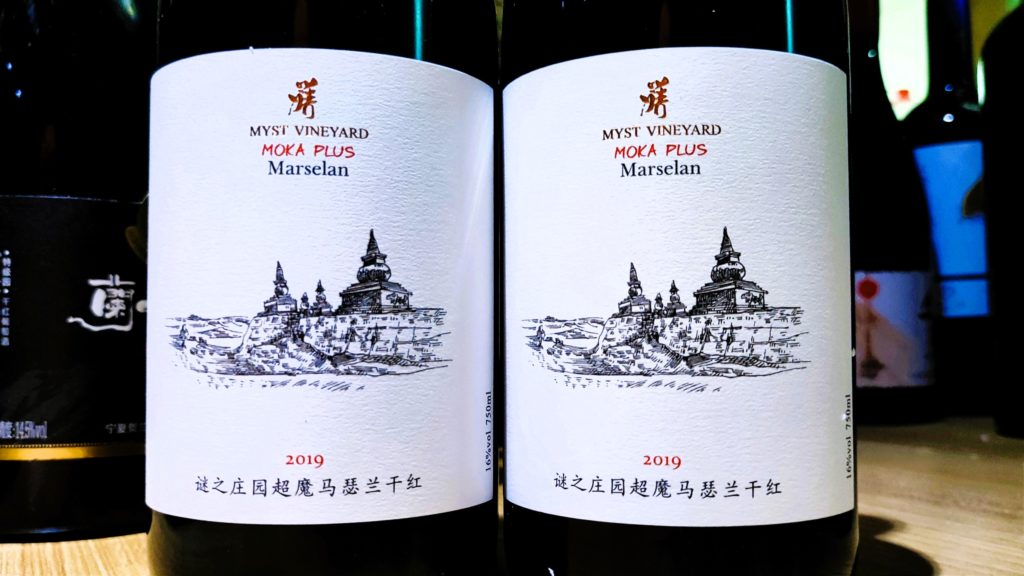
- Marselan! There are 19 single varietal wines made with this grape, led by Grace Vineyard’s ‘Tasya’s Reserve’ 2021 in 17th place, and by Myst and Giantmonte in 43rd and 45th respectively. I’ve heard rumblings from ‘experts’ that Marselan can’t make “great” wines. Who cares! It makes very good and delicious wines many consumers enjoy. Not everything has to be aimed for one-percenter palates.
- White wines! There were six in the top fifteen: four Chardonnays (two from Xiaoling, one each from Tiansai and Silver Heights) plus that Puchang Rkatsiteli and a Riesling from Lingering Clouds. In fact, there are ten Chardonnays alone on the list.
- Yunnan! This region still is quite small in terms of the number of producers and volume, but already is showing its promise, with seven producers taking 12 spots, led by three each from Xiao Ling and LVMH and two by Bao Zhuang. Also making the list were Shangri-La Wines, Mu Xin, Zaxee (love the Chardonnay!), Shangri-La Winery and Farmentation (with an intriguing Cabernet Sauvignon).
- Ningxia! Even so, Ningxia still brings home the most hardware, taking seven of the top twelve spots and 50 of the 100. Maybe Ningxia will have a similar experience as Marselan: perhaps it won’t make the very best wines, perhaps the high-altitude areas are destined for that, but will make a great deal of good delicious stuff consumers love. Or perhaps it still has some quality leaps to make. We’ll see!
- Varieties! As I’ve noted many times over the past half-dozen years, we have seen many wineries go past Bordeaux-inspired reds to embrace a wide range of styles and grape varieties. This list includes white varieties such as Chardonnay, Longyan, Rkatsiteli, Riesling, Sauvignon Blanc and Viognier and red varieties like Cabernet Franc, Malbec, Pinot Noir, Petite Sirah, Petit Verdot and Syrah. And a pair of orange wines, including one of my favorites of this year, the Rkatsiteli from Puchang.
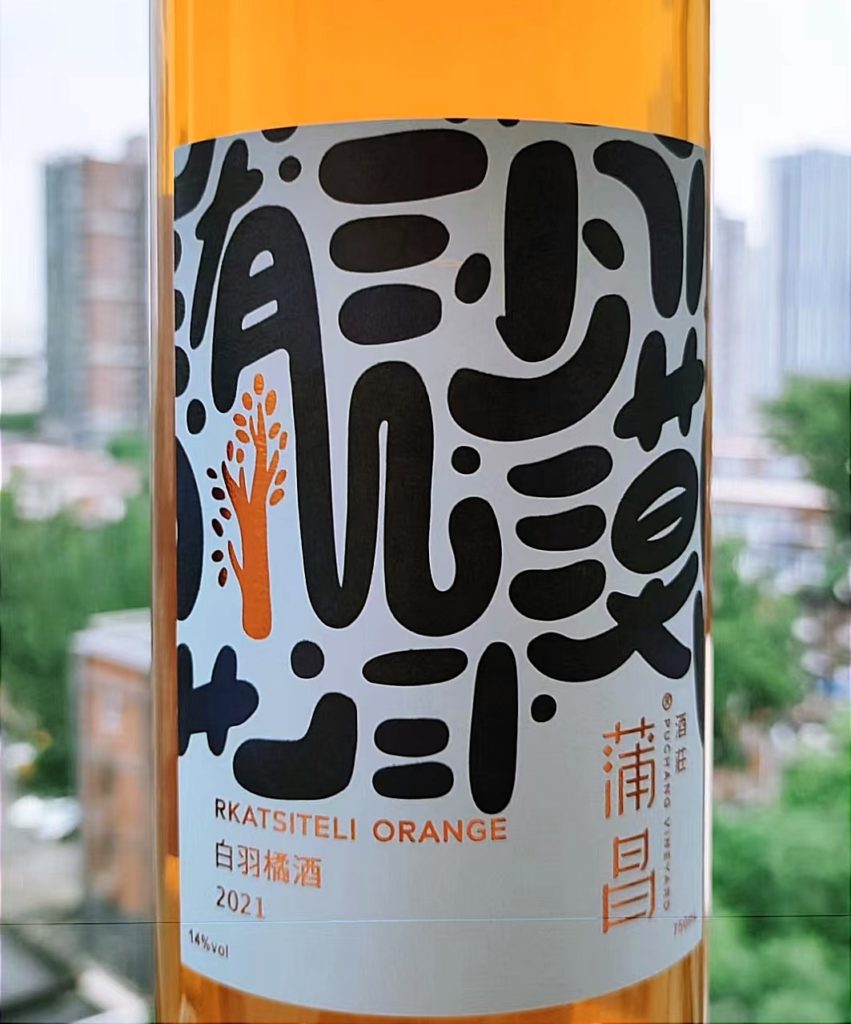
Finally, it’s good to see some of my favorite producers of the list, including Ningxia’s Lansai (the Cabernet is listed but I also love their Pinot Noir) and DEVO’s traditional method Blanc de Blancs, plus Beijing’s very own Bolongbao with a special Marselan that I indulged in heavily during our World Marselan Day parties in Beijing, Shanghai and Shenzhen this year.
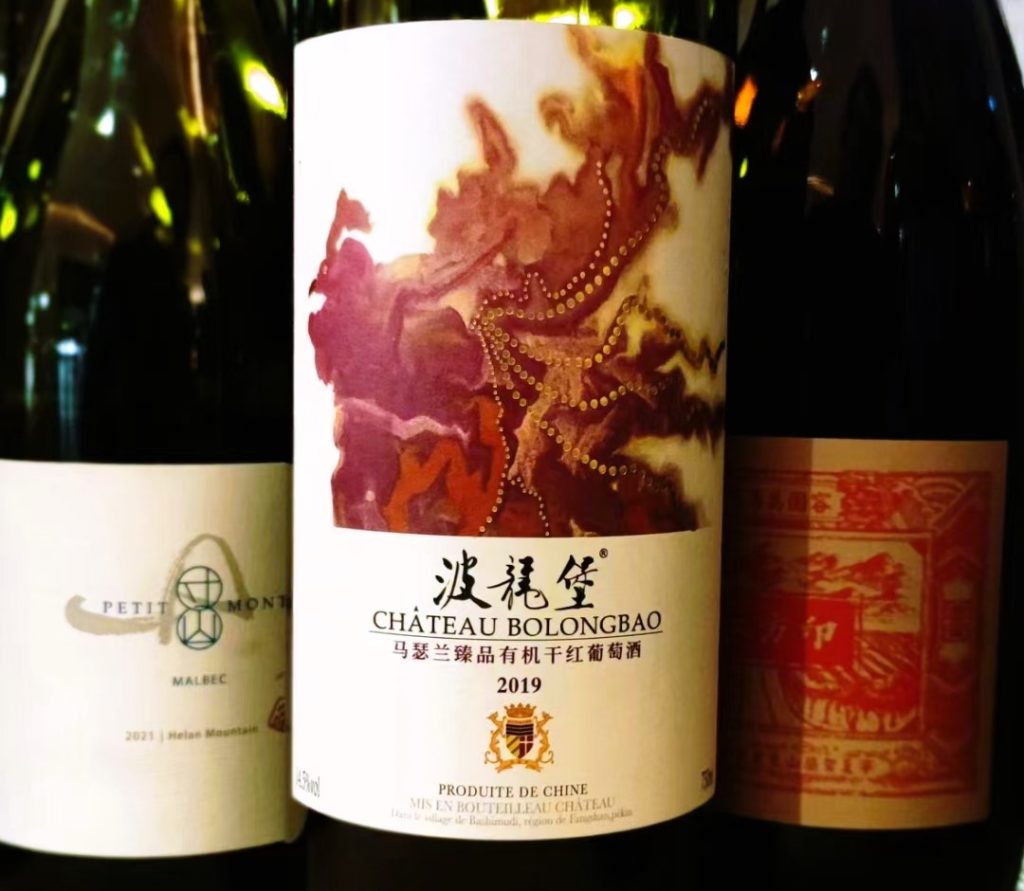
Okay, having said all that, as friends know, I think China producers focus too much on contests, medals and scores, using them as “arguments with authority” to try and convince consumers to buy. (“Hey, buy this, it got 92 points!”)
But I do look forward to the Top 100 list, because I have tasted wine with Shuai Zekun numerous times and appreciate his explanations as to why a wine received a certain ranking, even if I might disagree. I also appreciate that he covered a lot of wineries earlier than others and also is fine with ranking newer styles high, such as Charme’s orange Viognier making the top ten last year.
I do think the scoring system is out of control–the wines in this list are all over 90 points whereas I think it is the rare bottle deserving of such a score–but that’s the system and there is no sense in blaming the messenger.
Thus, putting the scores aside, it is interesting to see how the wines are ranked overall and to get further insights from the detailed tasting notes.
(Shuai has a far more sensitive and worldly palate than do I. Where I write down things like “ripe peach”, “walnut shells” and “dark chocolate”, he quickly whips up notes with impressions such as “black beans”, “crushed oyster shells”, “cured meat”, “roasted white sesame seeds”, “sour cream” and “Monarch butterfly farts” — I might have made that last one up.)
Best of all, if you are curious, , you can currently check out the notes for free. Click here for the Top 100 Wines of China 2023.

Grape Wall has no sponsors of advertisers: if you find the content and projects like World Marselan Day worthwhile, please help cover the costs via PayPal, WeChat or Alipay.
Sign up for the free Grape Wall newsletter here. Follow Grape Wall on LinkedIn, Instagram, Facebook and Twitter. And contact Grape Wall via grapewallofchina (at) gmail.com.

Leave a Reply
You must be logged in to post a comment.